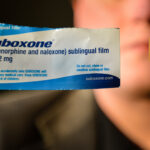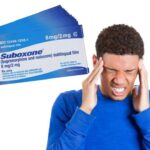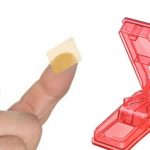How To Maximize Suboxone Sublingual Film Absorption
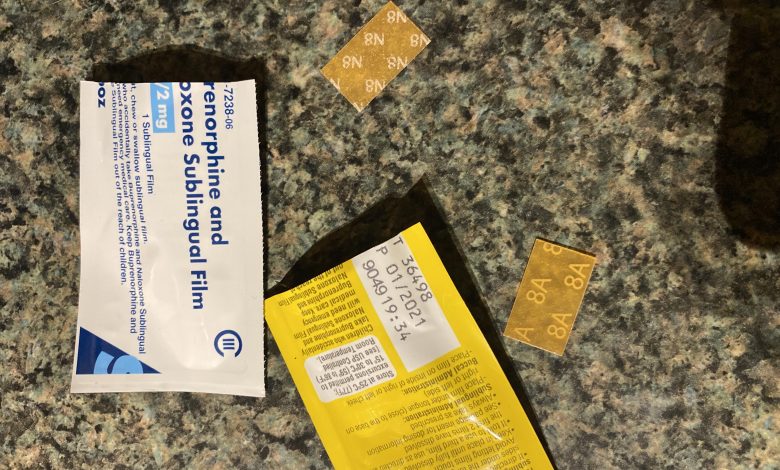
What is Suboxone and how does it work?
Suboxone, a combination medication containing buprenorphine and naloxone, is one of the main medications used to treat opioid addiction. Using ‘medications for opioid use disorder’ is known as MOUD. The use of MOUD has been shown to lower the risk of fatal overdoses by approximately 50%. It also reduces the risk of nonfatal overdoses which are traumatic and medically dangerous.
Suboxone comes as an oral film that’s placed under your tongue (sublingual) or between your gums and cheek (buccal). The film dissolves in your mouth.
Suboxone contains two drugs in each film: buprenorphine and naloxone. It’s available in four strengths:
- 2 mg buprenorphine / 0.5 mg naloxone
- 4 mg buprenorphine / 1 mg naloxone
- 8 mg buprenorphine / 2 mg naloxone
- 12 mg buprenorphine / 3 mg naloxone
Studies show that Suboxone is effective in reducing opioid misuse. It’s also effective for keeping people with opioid dependence in treatment over a period of 24 weeks. (How well a drug such as Suboxone performs is partly assessed based on how long people stay in treatment.)
Suboxone works by tightly binding to the same receptors in the brain as other opiates, such as heroin, morphine, and oxycodone. By doing so, it blunts intoxication with these other drugs, prevents cravings, and it allows many people to transition back from a life of addiction to a life of normalcy and safety.
Suboxone is a controlled substance. It’s classified as a schedule three (III) prescription drug. This means that it has an accepted medical use, but it may cause physical or psychological dependence and may be abused.
How should I take Suboxone?
Use Suboxone exactly as prescribed by your doctor. Follow the directions on your prescription label and read all medication guides. Never use Suboxone in larger amounts, or for longer than prescribed. Tell your doctor if you feel an increased urge to use more of this medicine.
Before taking a Suboxone sublingual film, drink water to moisten your mouth. This helps the film dissolve more easily. Place one film on the inside of your right or left cheek. If your doctor tells you to take 2 films at a time, place the other film on the inside of the opposite cheek. Keep the films in place until they have completely dissolved. If your doctor tells you to take the third film, place it on the inside of your right or left cheek after the first 2 films have dissolved.
While the film is dissolving, do not chew or swallow the film because the medicine will not work as well. Suboxone sublingual tablets should be placed under the tongue until they dissolve.
Never share Suboxone with another person, especially someone with a history of drug abuse or addiction. MISUSE CAN CAUSE ADDICTION, OVERDOSE, OR DEATH. Keep the medicine in a place where others cannot get to it. Selling or giving away Suboxone is against the law.
Rinse your mouth with water after the Suboxone tablet dissolves. Wait one hour after the medicine dissolves to brush your teeth to prevent damage to the teeth and gums. You should receive regular dental checkups while using Suboxone.
If you switch between medicines containing buprenorphine, you may not use the same dose for each one. Follow all directions carefully.
Do not stop using Suboxone suddenly, or you could have unpleasant withdrawal symptoms. Ask your doctor how to safely stop using this medicine.
Suboxone Absorption
Studies indicate that the bioavailability of sublingual buprenorphine is approximately 30%. Naloxone is poorly absorbed sublingually at 24%. Sublingual exposure times between 3 and 5 minutes produce equivalent results. However, several factors can affect the absorption of a brand of Suboxone into the body. These include:
- Physicochemical properties
- Drug formulation
- The route of administration
- Storage conditions
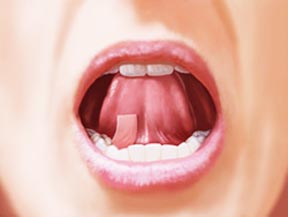
How to maximize Suboxone absorption
If you are seeking to maximize the absorption of Suboxone, you should place the Suboxone sublingual film under the tongue, unhindered until it dissolves completely. The medicine may take 15 to 30 minutes to dissolve. It’s important to dissolve this medicine under your tongue as it won’t work if you swallow it. After you take the medicine, wait at least 30 minutes before you eat or drink.
The following 3 rules known as “ODA” can also help you remember to maximize the absorption of Suboxone:
- Observe ‘Rule of 15’: This implies waiting for at least 15 minutes before and after taking Suboxone to eat or drink.
- Do Not Swallow: Avoid Swallowing Suboxone spit, and it does not affect its efficacy, but it can amplify side effects and cause discomfort.
- Avoid Chewing: Do not chew or move the Suboxone sublingual film after it is placed under the tongue, as doing any of these makes the medicine less effective.
Side effects of Suboxone
The more common side effects of Suboxone include:
• headache
• opioid withdrawal symptoms, such as body aches, abdominal cramps, and rapid heart rate
• anxiety
• back pain
• burning tongue
• constipation
• depression
• insomnia (trouble sleeping)
• nausea
• redness in the mouth
• sweating
• weakness or fatigue
Some of these side effects may go away within a few days or a couple of weeks. If they’re more severe or don’t go away, talk to your doctor or pharmacist.
Serious side effects
Serious side effects from Suboxone aren’t common, but they can occur. Call your doctor right away if you have serious side effects. Call 911 if your symptoms feel life-threatening or if you think you’re having a medical emergency.
Serious side effects can include the following:
• abuse and dependence
• breathing problems
• coma
• hormone problems (adrenal insufficiency)
• liver damage
• severe allergic reaction
• severe withdrawal symptoms
If you have an allergic reaction to this drug, call your doctor or local poison control center right away. If your symptoms are severe, call 911 or go to the nearest emergency room.


